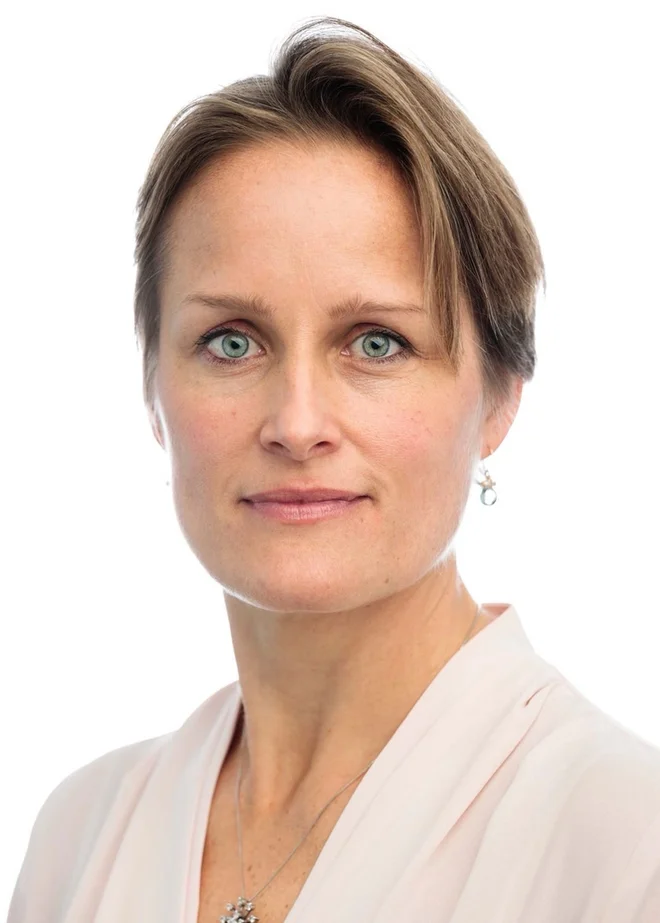Biological patterns and data for a healthier future

Martin Jenkins, although healthy as Dren, participates in stunningly many health tests. Last November, he was painted with magnetic resonance imaging his brain and torso, with a door ultrasound, measured bone density, made an electrocardiogram of the heart and performed a series of computer tests to evaluate his memory and cognitive abilities.
« I do not do this for personal health, but for the good of humanity, » says Jenkins, who is 56 years old and lives in Somerset. It participates in the British National Biobanka program – a comprehensive initiative, as part of which volunteers collect biological samples and genetic data and lifestyle and health data, which is then stored in a giant database. Researchers with acquired and stored biological samples and data on millions of people intend to improve international fitness for potential health threats in the future, such as pandemia.
Jenkins, who has been donating to Biobank for 17 years, is one of half a million volunteers in the UK, and there are millions of volunteers in the EU and around the world. Biobanks, which began to be established in the 19th century, can accelerate medical research, as researchers find huge amounts of health and samples. Until recently, they did not use the term biobanka, but the purpose was the same: patients, as they do now, supported future therapies, diagnostics and examinations.
« People forget that all medicines and all the recommendations for the treatment we use today come from samples and data obtained from patients, » says Jens Habermann, professor of translation surgical oncology and biobank at the University of Lübeck, Germany.
The largest and best European health source
In Europe, national biobanks appeared in the late 1990s and in the first years of the 21th century. However, they only merged into a pan-European initiative in 2013, when a large consortium of European research infrastructure for biobank and biomolecular sources (BBMRI-ERIC) was established under the leadership and financing of the EU.
Today, this consortium is the main network that benefits both medicine and patients and connects researchers, biobanks, businesses and patients. « BBMRI-ERIC is probably the most important source in Europe to coordinate research aimed at preventing, diagnosing and treating a wide range of serious and life-threatening diseases, » explains Habermann, Consortium Director. These include cancer and severe infectious and neurological diseases. The Consortium, based in Graz, is one of the leading names in the area of a new approach to Biobanka. It consists of 24 national networks of Biobank from all over Europe and the International Cancer Research Agency, which is part of the World Health Organization. All members pay an annual membership fee and provide additional financing to the EU. In collecting and storing samples and consortium health, it cooperates with approximately 570 national biobanks. Through online access, sampling and data is done through online access. The ultimate goal is for researchers to use this information to better understand the human body and to improve health to the general public.
The researchers of the consortium form guidelines for individual biobanks, making the samples and data they collect are consistently high quality and comparable between different networks. In addition, experts advise biobanks and researchers regarding ethical and legal matters, such as patient consent and safe storage of their data.
An important aspect of biobanking is sustainable and environmentally friendly action based on the introduction of energy consumption solutions for computers and storage of samples – they are currently stored in freezers at very low temperatures. One of the ideas is to use containers with liquid nitrogen that stops biological processes instead of energy -wasteful storage freezers.
Safer and Better Bioban
« In the field of data collection and patterns, we need to have even greater goals, » Habermann points out. “Climate crisis, air and water pollution, food quality – all these things are connected and affect human health. Because of health, we need to expand the network of national biobanks and improve ways to share data between biobanks and other partners. ”One of the key goals of the network is to improve global resistance to potential pandemics. As part of this process, researchers share and study the material from Biobank to perfect the knowledge of spreading disease between animals and humans.
The origin of many infectious diseases are animals. However, so -called zoonoses can be transmitted to people. Also, the Coronavirus Sars-COV 2, which caused the Covida-19 pandemic, is one of the zoonoses. By monitoring and maintaining animal health, scientists can recognize and manage potential sources of zoonotic diseases before spreading to humans. An environmental health is also an important factor. Changes in an environment, such as forest cutting and climate change, can destroy the living spaces of animals, thus promoting the contact of humans with animals that tolerate disease. Pollution and inadequate waste management can result in a favorable environment for reproduction of insects that tolerate diseases, such as mosquitoes.
A holistic approach to a problem called One healthalso encourages the European Union. In such an approach, the emphasis is on cooperation between sectors involved in human health, animals and the environment, as this can only protect the health of all of us.
« Promoting a better understanding of human, animal and environmental health is crucial in preventing future pandemics and the basic guiding principle of the BBMRI consortium in the coming decade, » adds Habermann.
————-
The research mentioned in the article are funded as part of the EU Horizon programs. The article was originally published in Horizon magazine, an EU journal for research and innovation.








